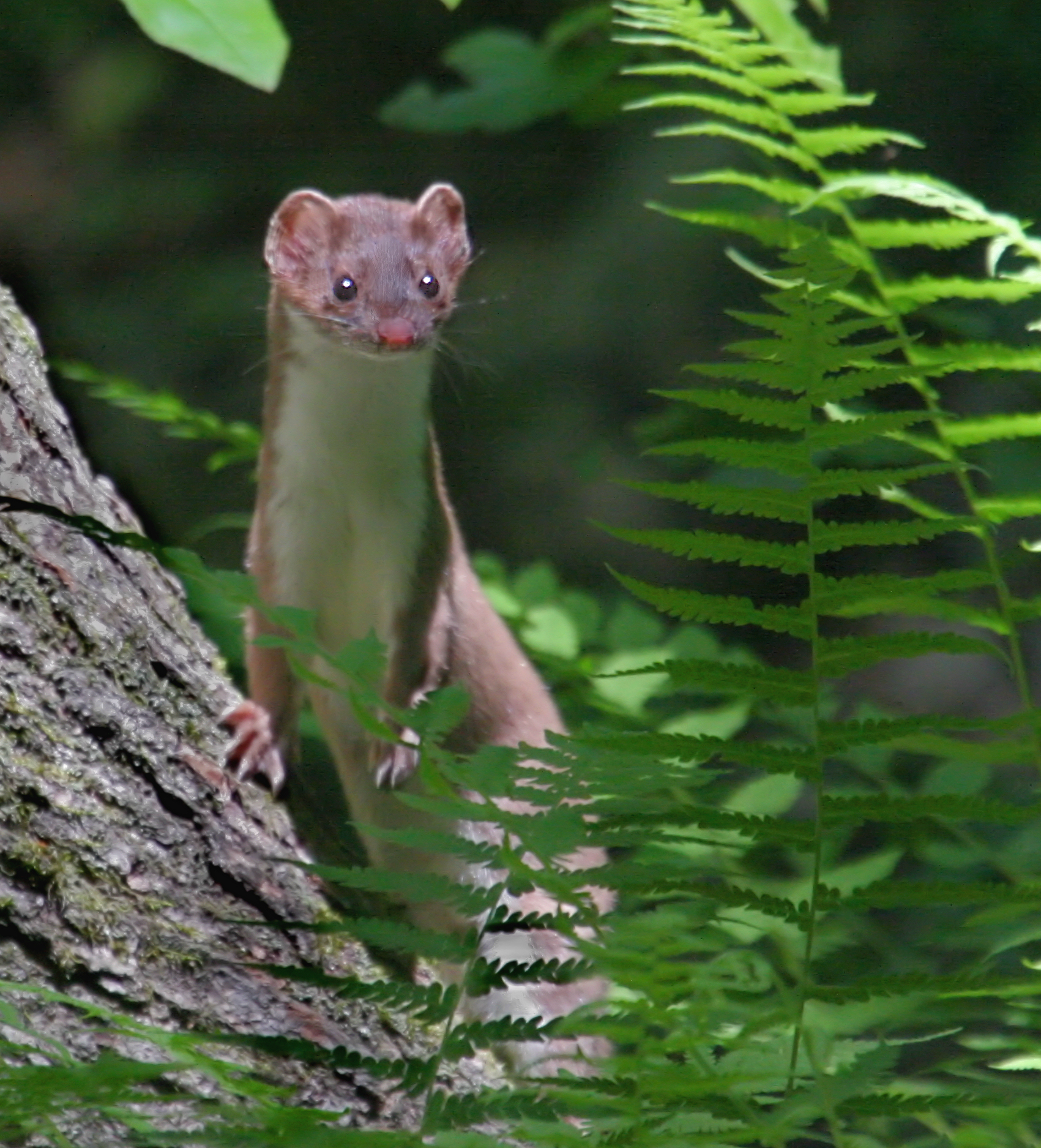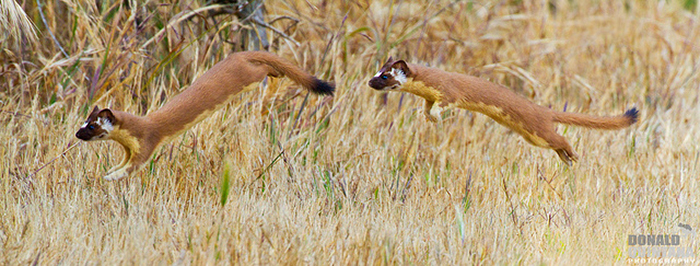Facts
Long-tailed Weasels can become very dangerous when hungry and have been known to devour its own siblings and offspring if necessary for its survival (DesertUSA 2014).
In cold conditions, Mustela frenata uses almost all of its
food resources just to stay warm and for most of the day it will lye in
a tight circle with its tailed wrapped around it to keep warm (DesertUSA
2014).
According to Life Histories of Northern Animals: Flesh-eaters, a man was once attacked by a cornered weasel and had to repeatedly remove the weasel from his body to get away (DesertUSA 2014)!
Mustela frenata releases a extremely foul odor that is nauseating to other mammals when alarmed (DesertUSA 2014).
The resting behavior of long tailed weasels include a phase where the weasel remains immobile for periods of time, but is not asleep (Sheffield and Thomas 1997).
At birth, weasels weigh around 3 grams (Animal Diversity Web 2002)!
The long-tailed wesel has the largest range of the Mustelid Genus in the entire Western Hemisphere (Sheffield and Thomas 1997).
Populations of Mustela frenata change frequently and even go extinct in certain areas or time based on availability prey (IUCN 2013).
The larger long-tailed weasel males are 2-4 times larger than the smallest females (Adirondack Ecological Center 1988).
Mustela frenata is beleived to be extremely sensitive to human activities such as agriculural fragmentation, the draining of wetlands and the use of pesticides (IUCN 2013).
Back to Interactions Go to References
